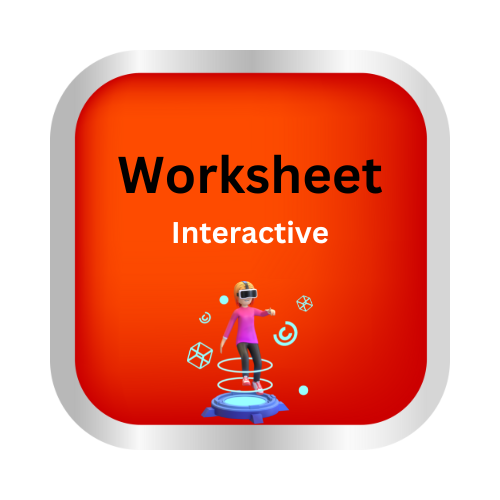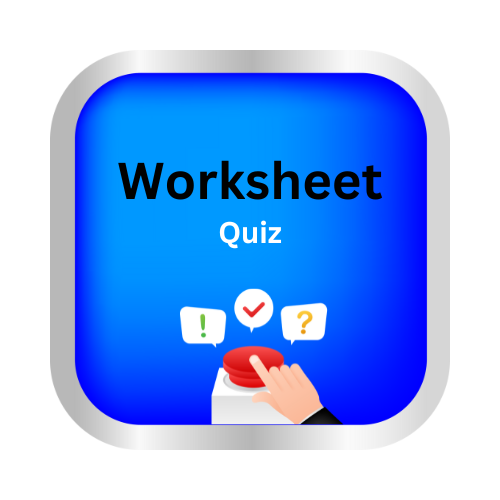Prepositions: review
Key Notes:
🌟 Prepositions (Review) 🌟
| 📌 What is a Preposition? |
A preposition is a word that shows the relationship between a noun (or pronoun) and another word in the sentence.
- 👉 It tells us where, when, how, or in what way something happens.
| ✨ Examples of Prepositions |
- Place/Position 📍 → in, on, under, over, near, between
- Time ⏰ → at, in, on, during, after, before
- Direction/Movement 🛤️ → into, onto, towards, through, across
- Cause/Reason/Purpose 🎯 → because of, due to, for, from
| 📖 Prepositional Phrase |
- 👉 A preposition + object of the preposition (noun or pronoun).
- 🔹 Example: under the bed, on the table, through the forest.
| 🧩 Object of a Preposition |
The noun or pronoun that comes after a preposition.
🔹 Example: In “She sat beside her friend”,
- 👉 Preposition = beside
- 👉 Object = friend
| 🎨 Quick Examples |
- The cat is under the table. 🐱📦
- We walked through the park. 🚶♂️🌳
- The keys are inside the drawer. 🔑🗄️
- She arrived after lunch. 🕑🍴
| 💡 Tips to Remember |
- Prepositions usually come before a noun or pronoun.
- Never put a verb right after a preposition.
- Think of prepositions as “linking words” between ideas.
🌟 Prepositions make sentences clearer by showing connections! 🌟
Let’s practice!

